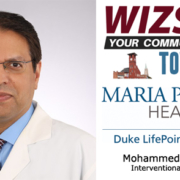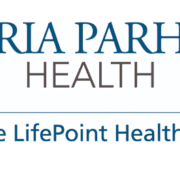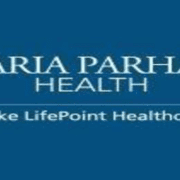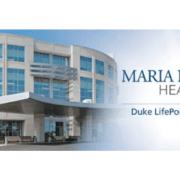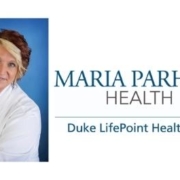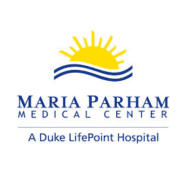TownTalk: Taking Care of Your Heart
Dr. Mohammed Akhter, an interventional cardiologist at Maria Parham Health is helping promote the American Heart Association’s theme to “reclaim your rhythm” during the February observance of heart health awareness.
No one can deny the impact that COVID-19 has had on our brains and our hearts, Akhter told John C. Rose on Wednesday’s Town Talk. He encourages everyone to focus again on health lifestyles that can have a positive effect on our physical and mental health.
When gyms and restaurants shut down at the onset of the pandemic in 2020, it was more than just an inconvenience, Akhter said.
It’s time to get back in the groove of those lifestyle habits like regular exercise, eating healty foods and enjoying the social interactions with family and others.
During the pandemic, he said, “we couldn’t go to the gym, we were ordering food online and not socially interacting with our loved ones – that has a major effect on our health.”
The AHA made a fundamental plea to the public, he said. “Now is the time to get back to the rhythm – exercise more, eat better and spend more time with your families.”
Those are concrete examples of steps to take to improve health and reduce stress. But diagnostic tests performed by medical professionals are needed to determine if high blood pressure or elevated cholesterol levels may also be affecting your overall heart health.
Akhter said that 1 in 2 U.S. adults have hypertension – high blood pressure – but only 1 in 4 have it under control.
He recommends that his patients try to consume less than 2 grams of sodium a day, which may mean scrutinizing food labels. In addition, he recommends 30 minutes of exercise most days, limiting alcohol use and taking medicine that is prescribed for hypertension.
Women and African Americans are two groups that are underrepresented in heart studies, he said.
Maria Parham Health promoted National Wear Red Day on Feb. 4 as a way to “express a solidarity with women who are at risk for cardiovascular disease. He said it’s the number one killer in women.
Women may experience different symptoms than men, he said, adding that is a contributing factor to the under-diagnosis of heart disease in women.
Similarly, African Americans are underrepresented in studies of heart health.
The goal is equitable health for all, Akhter said, who said that in his practice, he works hard to tailor therapies to the individual patients.

